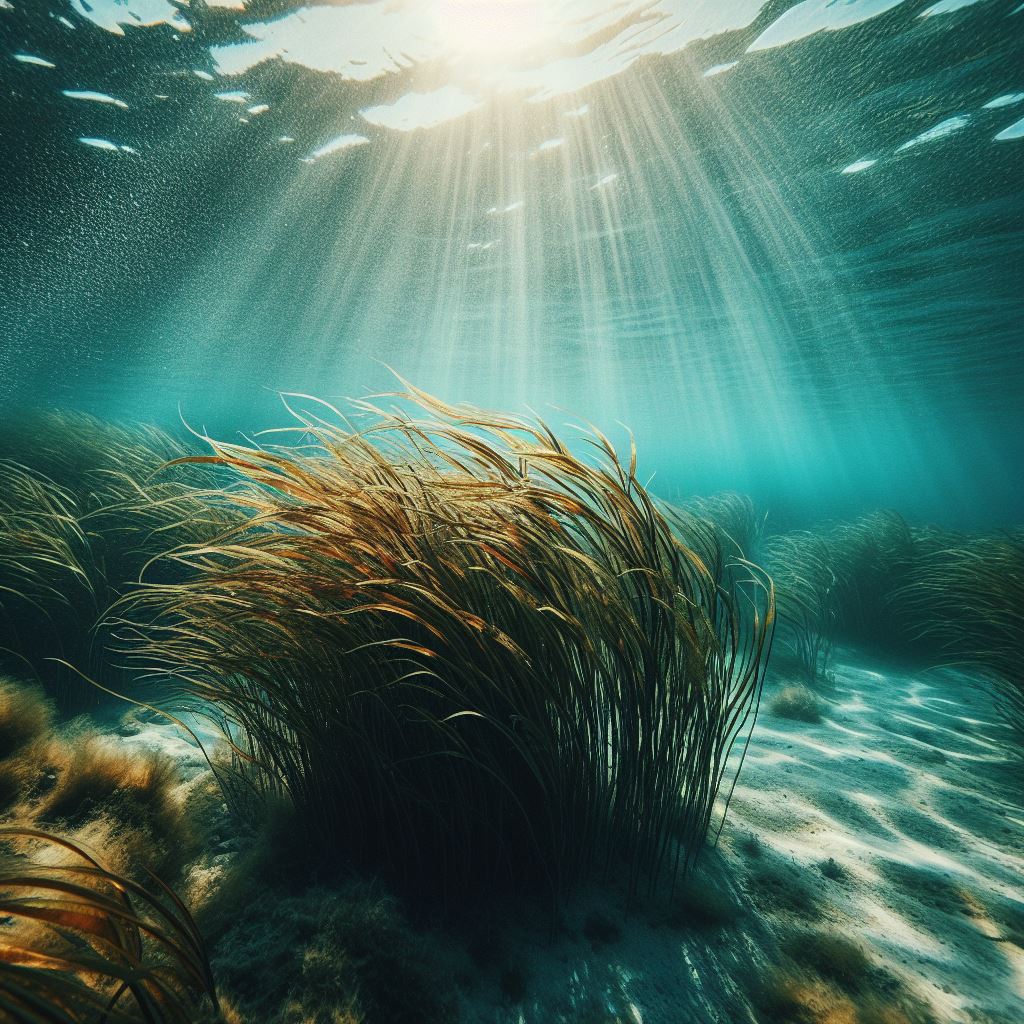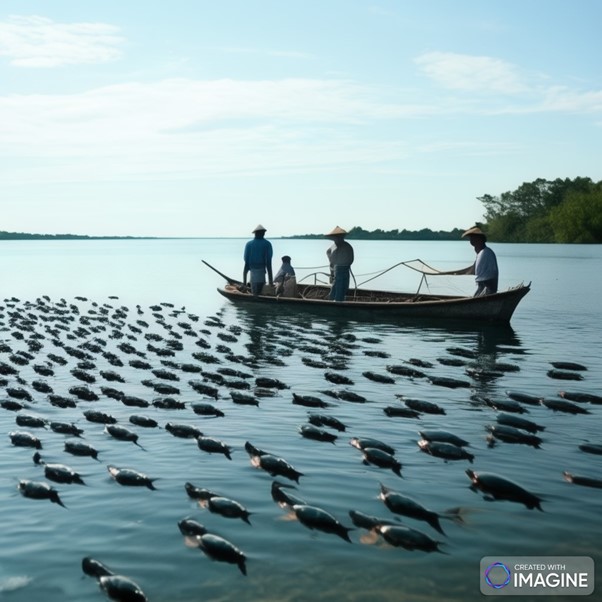By: Muhammad Rozaimi Mohd Zaki; Ahmad Zaharin Aris
Article Prepared By: Farah Izana Abdullah
Muhammad Aris (2022) reports that nanoplastics may be introduced directly into the environment as manufactured nanosized plastic particles. They are used extensively in personal care products, such as facial cleansers, toothpaste, cosmetic products, waterproof coatings and medicine.
These types of microplastics and nanoplastics are washed off and end up in aquatic environments, exposed to aquatic organisms. Microplastics and nanoplastics have a wide variety of polymer compositions, such as polyethylene, polypropylene, polymethyl methacrylate and polystyrene.
The ecotoxicology of nanoplastics has been extensively reported in efforts to address the toxicity.
T. weissflogi is a marine diatom which is abundant in the marine ecosystem, along with other marine microalgae, and mainly contributes to global primary productivity. A group of scientist propose that exposed juvenile gilthead seabream to nanoplastics at concentrations ranging from 0.001 to 10 mg/L for 24–96 h. The exposure caused an up-regulation expression of target genes related to lipid metabolism, antioxidant-related genes, total oxidative status levels and erythrocytic nuclear abnormalities.
Web: http://dx.doi.org/10.1016/j.scitotenv.2022.154757
Figure 1: Nature and characteristics of nanoplastics, as well as their potential effects on marine organisms, and their potential role in preventative interventions and measures

Date of Input: 29/03/2023 | Updated: 29/03/2023 | s_humaira
MEDIA SHARING





























